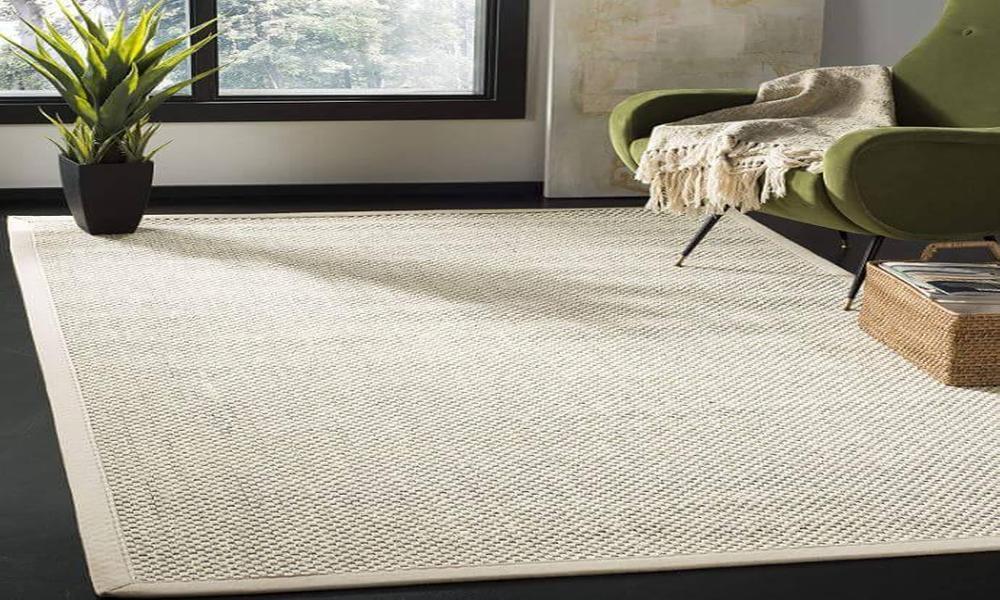Sisal rugs are made from natural plant fibers and are known for their durability and water resistance. However, if a sisal rug gets wet, there are a few things that can happen:
Staining and Shrinking:
If a sisal rug gets wet and is not dried properly, it can develop water stains. These stains can be difficult to remove and can affect the appearance of the rug. Sisal rugs can shrink if they get wet and are not dried properly. This can cause the rug to become misshapen and can make it difficult to lay flat.
Odor:
If a sisal rugs gets wet and is not dried properly, it can develop an unpleasant odor. This odor can be difficult to remove and can make the rug unusable. To prevent these issues, it’s important to take steps to properly dry a sisal rug if it gets wet. Here are some tips:
How do you protect a sisal rug?
Sisal rugs are known for their durability and natural resistance to stains and water, but it’s still important to take steps to protect them to ensure they stay in good condition over time. Here are some tips for protecting a sisal rug:
Use a rug pad: A rug pad can help to prevent the rug from slipping and sliding, which can cause it to become misshapen or damaged. Additionally, a rug pad can help to absorb some of the impacts from foot traffic, which can help to reduce wear and tear on the rug.
Avoid direct sunlight: Sisal rugs can fade if they are exposed to direct sunlight for long periods. If possible, position the rug away from windows or use window coverings to prevent direct sunlight from hitting the rug.
Vacuum regularly: Regular vacuuming can help to remove dirt and debris from the rug before it becomes ground in, which can cause the fibers to wear down more quickly. Be sure to use a vacuum with a beater bar attachment to help loosen dirt and debris from the fibers.
Can sisal rugs be cleaned in homes?
Yes, sisal rugs can be cleaned at home, but it’s important to use the right techniques and products to avoid damaging the fibers. Here are some tips for cleaning a sisal rug at home:
Use a vacuum with a beater bar attachment to remove loose dirt and debris from the rug. Be sure to vacuum both sides of the rug to get rid of any dirt or dust trapped in the fibers. If you notice any stains on the rug, it’s important to clean them up as soon as possible. Use a clean, damp cloth to blot up the stain, being careful not to rub it in further. You can also use a mild detergent solution to help remove the stain, but be sure to test it on an inconspicuous area of the rug first.
For a deeper clean, you can use a steam cleaner or a dry extraction method. However, it’s important to avoid using too much water, as sisal rugs can be damaged by excessive moisture. Be sure to follow the manufacturer’s instructions for your cleaning method of choice. After cleaning, it’s important to dry the rug thoroughly to prevent mold or mildew growth. Hang the rug up to dry in a well-ventilated area, or use a fan or dehumidifier to speed up the drying process.

